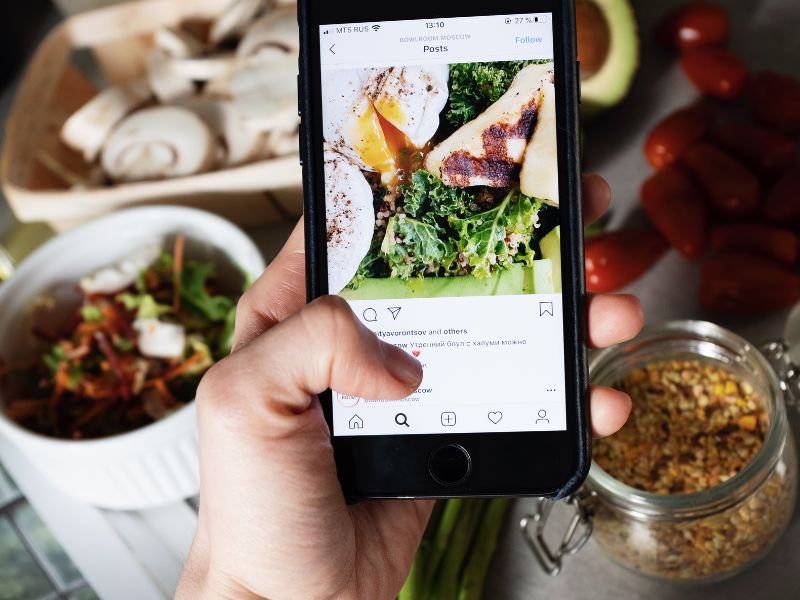Delivering Success: How Online Food Platforms Meet Their Targets
In recent years, online food delivery platforms like Zomato, Swiggy, and Blinkit have revolutionized the way we order and enjoy food. These digital marketplaces have not only changed consumer behavior but also reshaped the restaurant industry. Let's delve into how these platforms meet their targets, ensure survival, and enhance customer satisfaction through temperature-controlled delivery.
The Digital Feast
Online food delivery platforms leverage cutting-edge technology to hit their goals. At the heart of their operations are sophisticated algorithms that optimize delivery routes, ensuring food reaches customers quickly and efficiently. These systems consider factors like traffic patterns, order volumes, and rider availability to create the most effective delivery network.
Demand forecasting plays a crucial role in their success. By analyzing historical data and current trends, these platforms can predict busy periods and adjust their resources accordingly. This data-driven approach extends to dynamic pricing strategies, where prices may fluctuate based on demand, time of day, or even weather conditionsThis booming sector has seen exponential growth in recent years, with the global market expected to reach $200 billion . At the forefront of this revolution are key players like Zomato, Swiggy, and Blinkit, each carving out their niche in this competitive landscape.
Zomato, founded in 2008, has expanded beyond its initial restaurant discovery service to become a full-fledged food delivery giant. Operating in over 24 countries, Zomato's red and white logo has become synonymous with quick and reliable food delivery.
Swiggy, launched in 2014, quickly rose to prominence in India with its focus on hyperlocal delivery and customer-centric approach. Known for its innovative features like Swiggy Genie (for multi-restaurant orders) and Instamart (for grocery delivery), Swiggy continues to push the boundaries of what's possible in food tech.
Blinkit (formerly Grofers) pivoted from being primarily a grocery delivery service to include restaurant food delivery, adapting to the changing market demands. Their promise of fast delivery has set a new standard in the industry.
These platforms, along with others like UberEats, DoorDash, and Deliveroo globally, have not just changed how we order food, but have also impacted restaurant operations, urban employment, and even city traffic patterns. But how do these companies consistently meet their ambitious targets in such a dynamic and competitive environment?
Meeting Targets: The Secret Ingredients
Efficient Routing Algorithms: The Digital Traffic Directors
At the heart of any successful food delivery platform lies a sophisticated routing algorithm. These digital traffic directors are the unsung heroes that ensure your pizza arrives hot and your ice cream stays cold.
Companies like Swiggy and Zomato employ machine learning algorithms that consider a multitude of factors:
- Real-time traffic conditions
- Historical delivery data
- Weather patterns
- Rider locations and availability
These algorithms don't just find the shortest route; they find the smartest route. They might, for instance, group multiple orders for a single rider if the destinations are close, or prioritize a premium customer's order during peak times.
The efficiency gained from these algorithms translates directly into meeting delivery time targets, reducing costs, and improving customer satisfaction. It's a win-win-win situation that keeps the wheels of the food delivery industry turning smoothly.
Demand Forecasting and Dynamic Pricing: The Crystal Ball of Food Delivery
Predicting the future might seem like magic, but for food delivery platforms, it's all about data. Advanced demand forecasting models analyze historical order data, upcoming events, weather forecasts, and even social media trends to predict when and where orders will spike.
This foresight allows platforms to:
- Ensure adequate rider availability in high-demand areas
- Notify restaurant partners about expected order volumes
- Optimize inventory in cloud kitchens
Hand-in-hand with demand forecasting comes dynamic pricing. Prices may fluctuate based on weather conditions on the particular area. During a rainy evening when everyone's ordering in, you might notice slightly higher delivery fees. This strategy helps balance supply and demand, ensuring that platforms can meet their operational targets even during peak times.
Partnerships: Strength in Numbers
No food delivery platform is an island. Strategic partnerships form the backbone of their expansion and target-meeting strategies. These partnerships come in various flavors:
- Restaurant Partnerships: By onboarding a diverse range of restaurants, from local eateries to international chains, platforms can cater to every palate and price point.
- Cloud Kitchens: Also known as ghost kitchens, these delivery-only restaurants allow platforms to expand their offerings without the overhead of traditional brick-and-mortar establishments.
- Brand Collaborations: Partnerships with popular brands for exclusive menu items or promotional deals help drive order volumes and customer acquisition.
- Technology Partnerships: Collaborations with tech companies for AI-driven chatbots, voice ordering systems, or even drone delivery experiments keep platforms at the cutting edge.
These partnerships allow platforms to not just meet targets, but to continually raise the bar, offering more choices, better service, and innovative features to their customers.
Marketing Strategies and Promotions: The Flavor Enhancers
Platforms employ a mix of traditional and innovative marketing strategies to acquire new customers and retain existing ones:
- Referral Programs: Turning satisfied customers into brand ambassadors through attractive referral bonuses.
- Loyalty Programs: Rewarding frequent users with points, cashback, or exclusive offers to encourage repeat orders.
- Influencer Marketing: Partnering with food bloggers and social media influencers to reach wider audiences.
- Gamification: Introducing elements of play, like challenges or collectibles, to make ordering more engaging.
These marketing efforts, combined with data-driven personalization, ensure that platforms not only meet their customer acquisition and retention targets but often exceed them.
By leveraging efficient routing algorithms, sophisticated demand forecasting, strategic partnerships, and innovative marketing, online food delivery platforms have cracked the code to consistently meet and exceed their targets. As the industry continues to evolve, these strategies will undoubtedly refine and expand, promising an even more convenient and delightful future for food lovers everywhere

